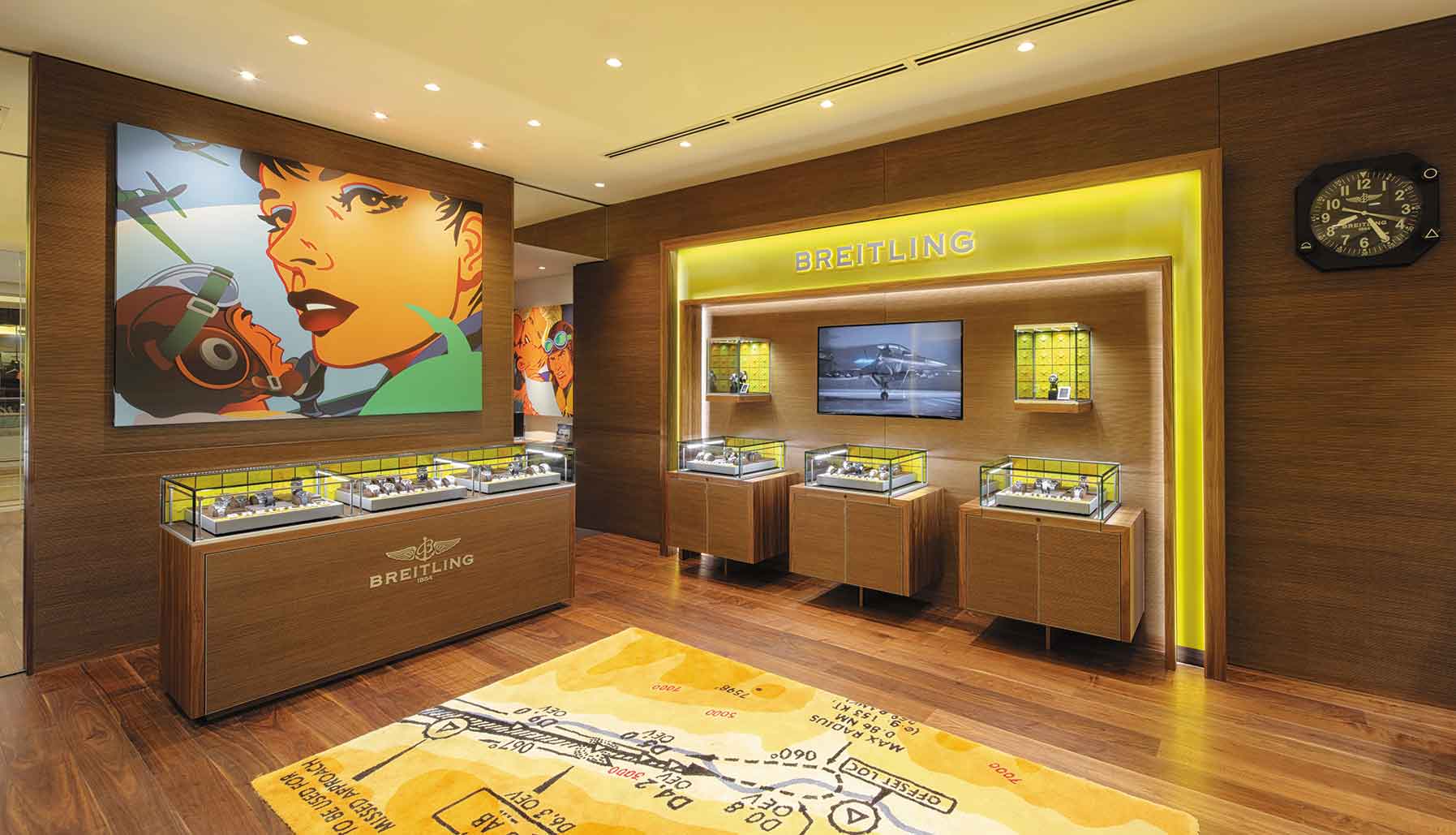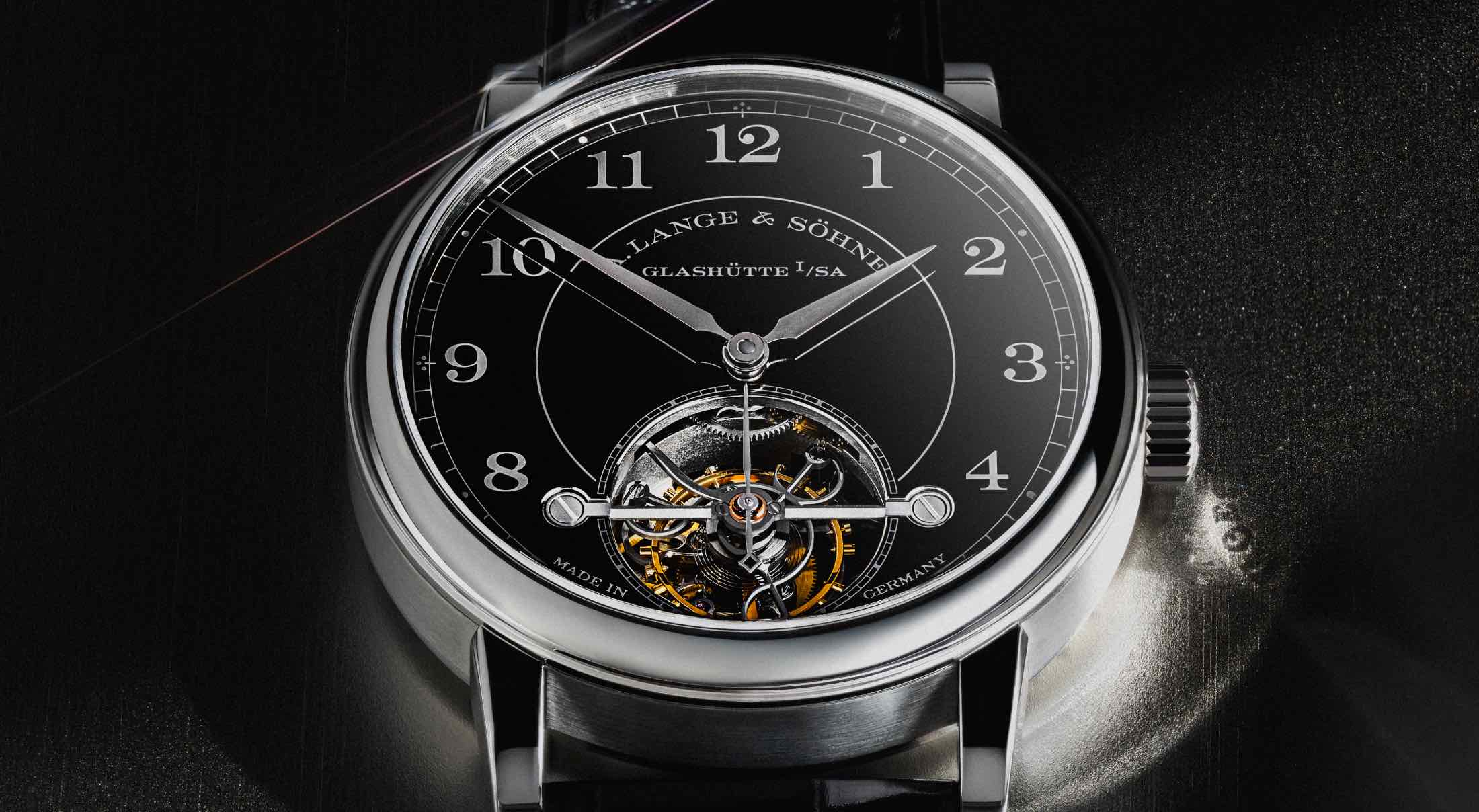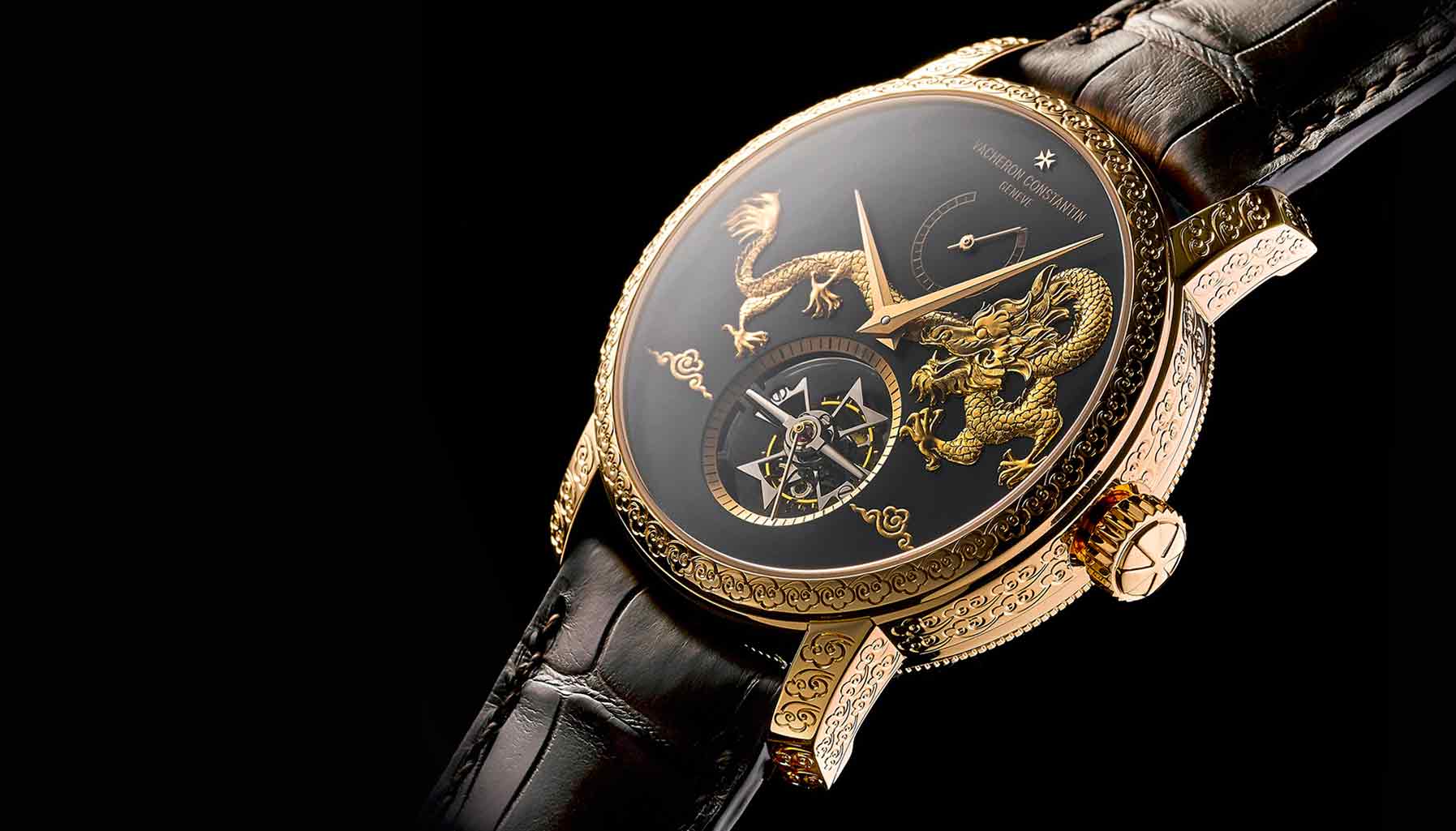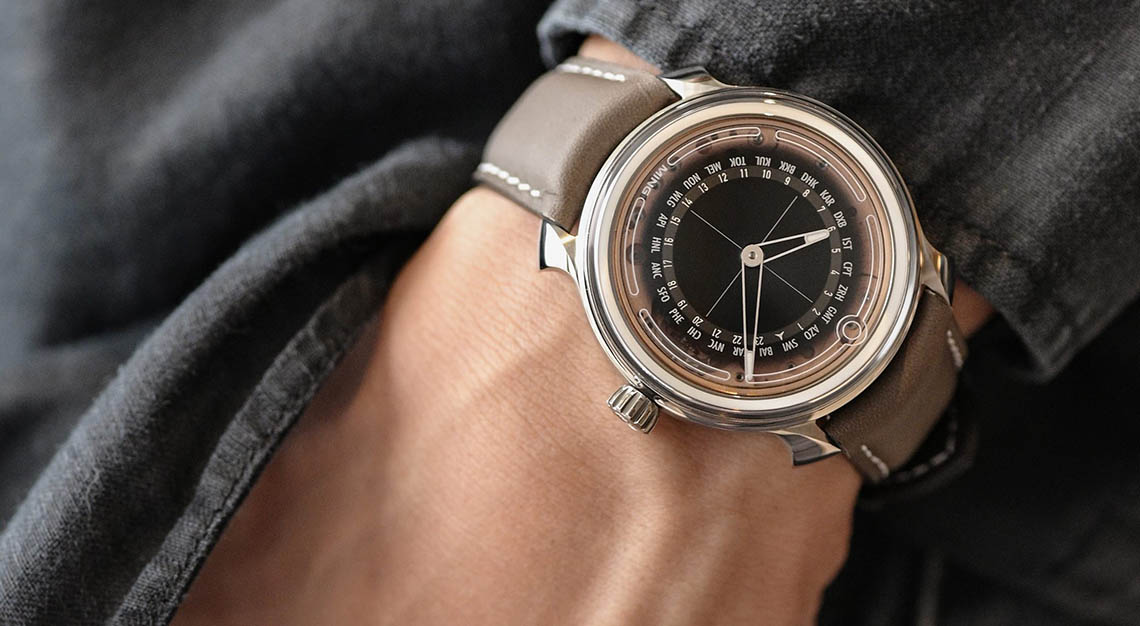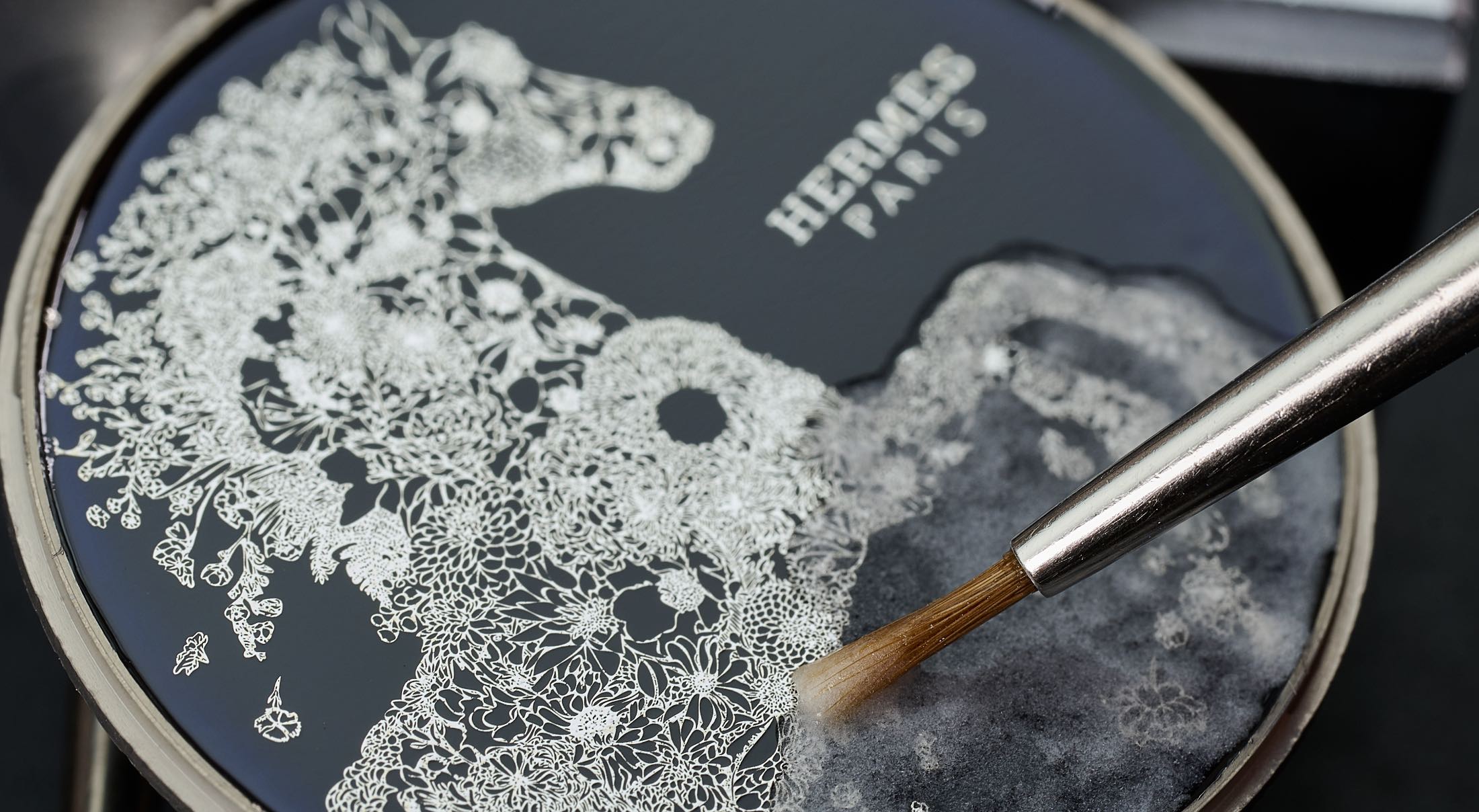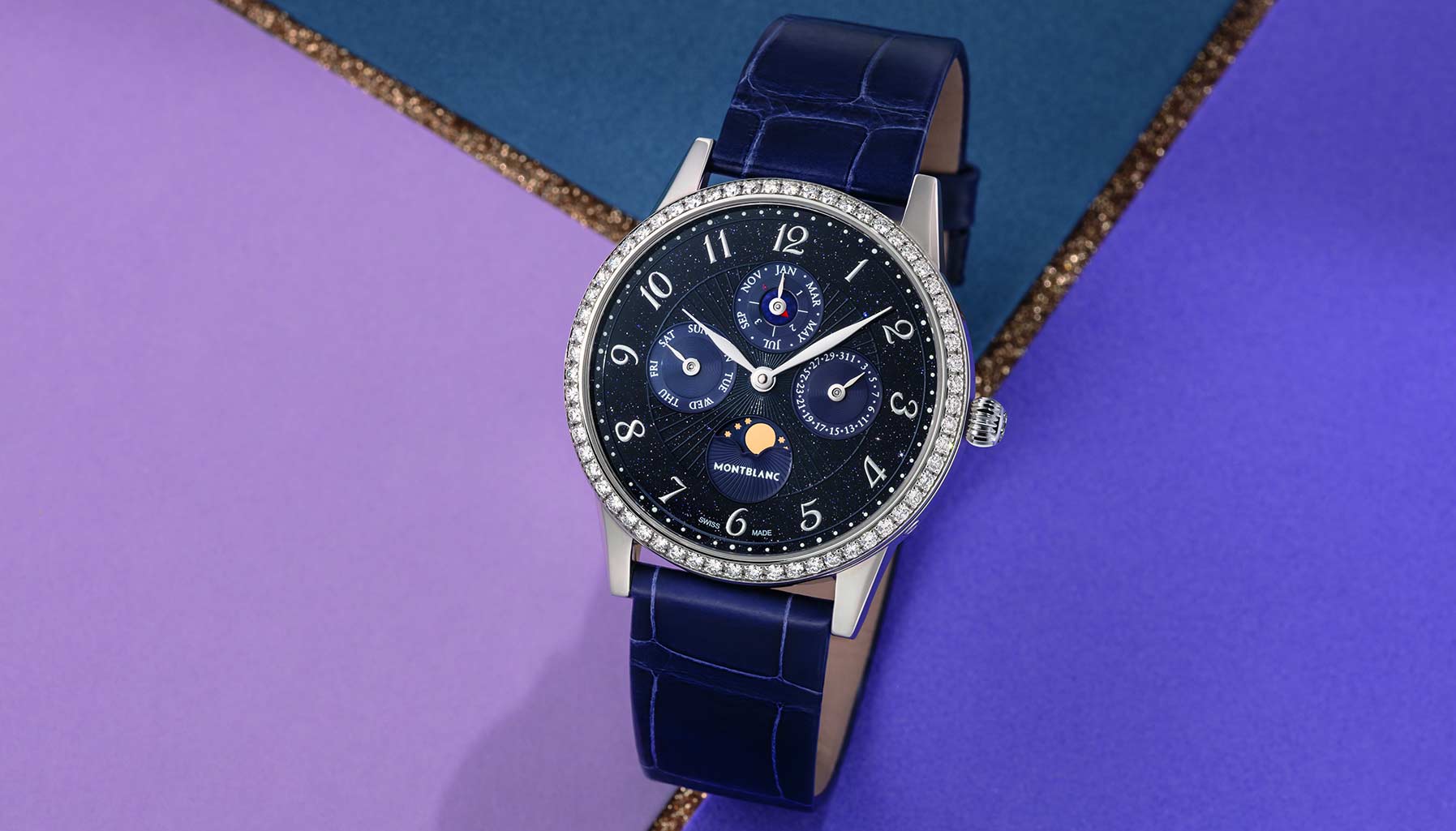Piaget watches are some of the most important and interesting horological accomplishments of the 20th century, yet they remain a bit confounding to collectors
To get a better sense of how to start going about collecting vintage Piaget watches, Robb Report’s watch and jewellery editor, Paige Reddinger, and I sat down with vintage watch expert James Lamdin of Analog:Shift. Analog:Shift has an impressive Piaget selection on offer, and those are the watches we photographed and included below. We also spoke with watch experts Eric Wind of Wind Vintage and Gai Gohari of Classic Watch Inc., both of whom offered their insights into vintage Piaget.
Piaget and the small watch moment
Last year, just months before Piaget stirred up an enormous buzz by bringing back the Polo 79, I was eating lunch in Manhattan with a savvy, well-regarded watch collector who told me they were, “going after a lot of Piaget at auction.” As this collector began to rattle off this and that Piaget watch as “a milestone in thin watches” or “housing one of the most important movements of the 20th century,” it became clear that vintage Piaget watches were both rich in horological history and undervalued. That’s a killer combo for collectability.
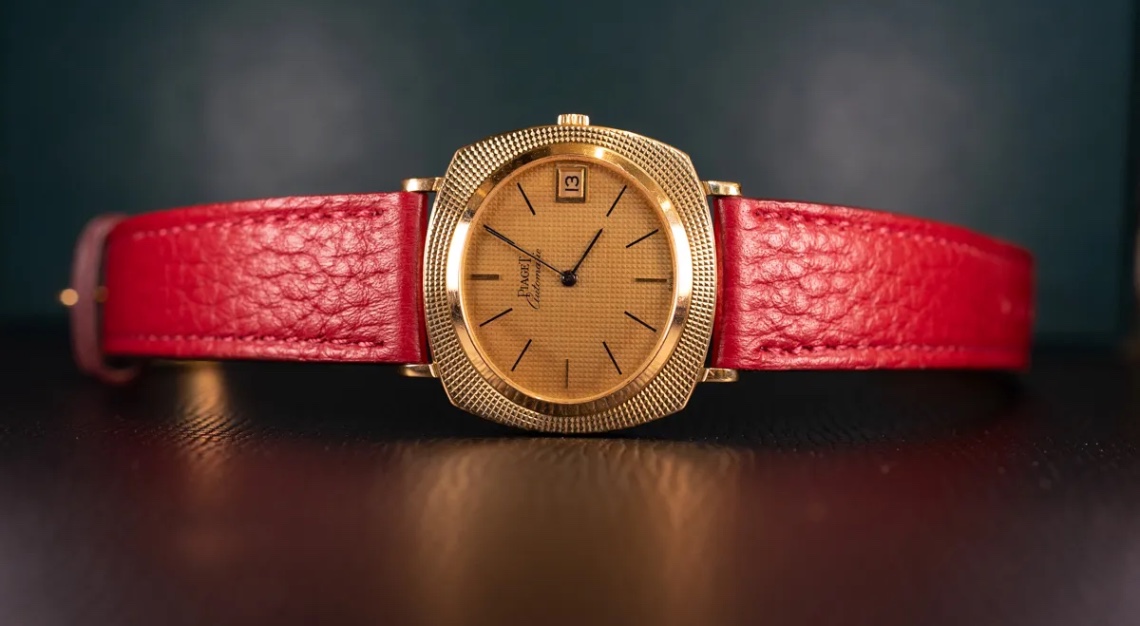
Not long after that lunch, Piaget dropped the Polo 79, Usher started rocking tiny gold Piaget watches at big events, and everyone and their watch-loving cousin seemed to be talking about small dress watches with stone dials, which were often Piagets. Reddinger wrote an article about Piaget having a moment, and Robb Report has also noted the trend toward smaller, dressier watches, especially Cartier, and especially its tiny Tank Mini.
“Piaget as a brand is having a moment, but Piaget as an idea is having a huge moment,” Lamdin told Robb Report. “It’s on everyone’s lips. It’s on every collector’s lips, it’s on every new brand’s lips, it’s on every micro brand’s lips. They’re all talking about the influence that Piaget has as a sort of style icon.”
Eric Wind told us that, “Piaget watches still offer a tremendous value compared to their new counterparts.” And Wind’s colleague Charlie Dunn has written of Piaget that, “… the same dress watches from Cartier, Patek Philippe, and Audemars Piguet command two to three times more at least compared to Piaget.”
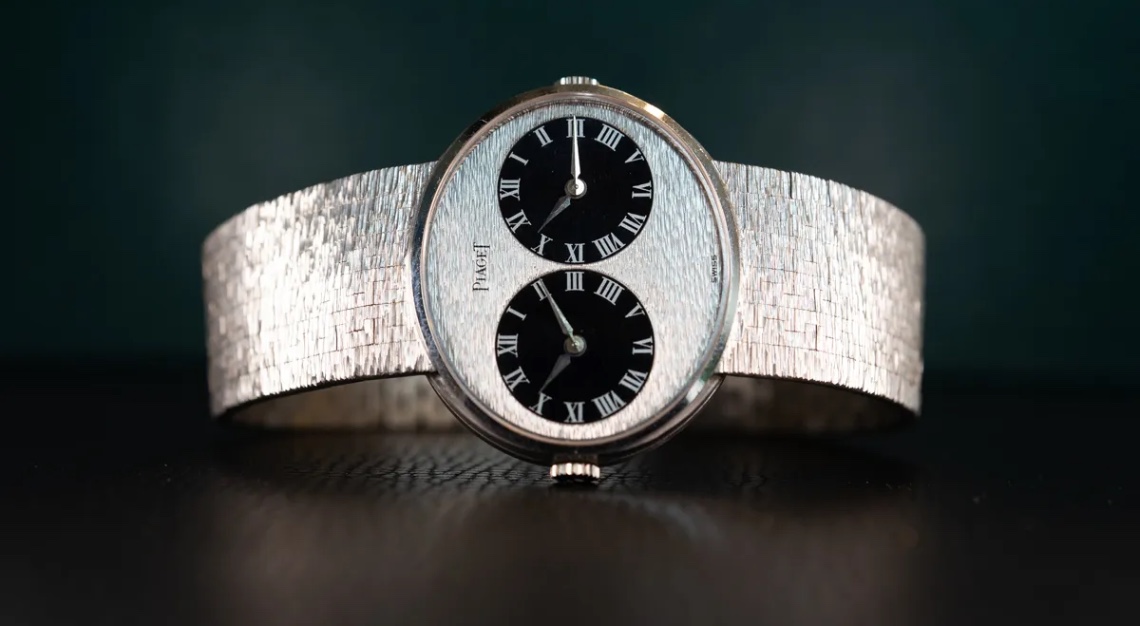
Because watch collecting trends are largely driven by the tastes of men, it’s intriguing that these tiny, jewellery-oriented watches are blowing up. Lamdin told us, “I didn’t expect for men to embrace it the way [they have], which has been really interesting. We had this guy come in last week [and] he was . . . like a six-foot-five, six-foot-six kind of guy. He was tall and built, and he had a very petite partner, and they had a bunch of watches out…and there were some big watches, and there were some Piagets. And I made an assumption there: His and hers. I was wrong. He came back two days later and bought the small lapis Piaget for himself. Awesome. I was like, f*ck yeah.”
Given our recent take on watches, fashion, and gender, we happily cheer along with Lamdin here. However, why these small watches are having a moment remains a cultural question without obvious or clear answers.
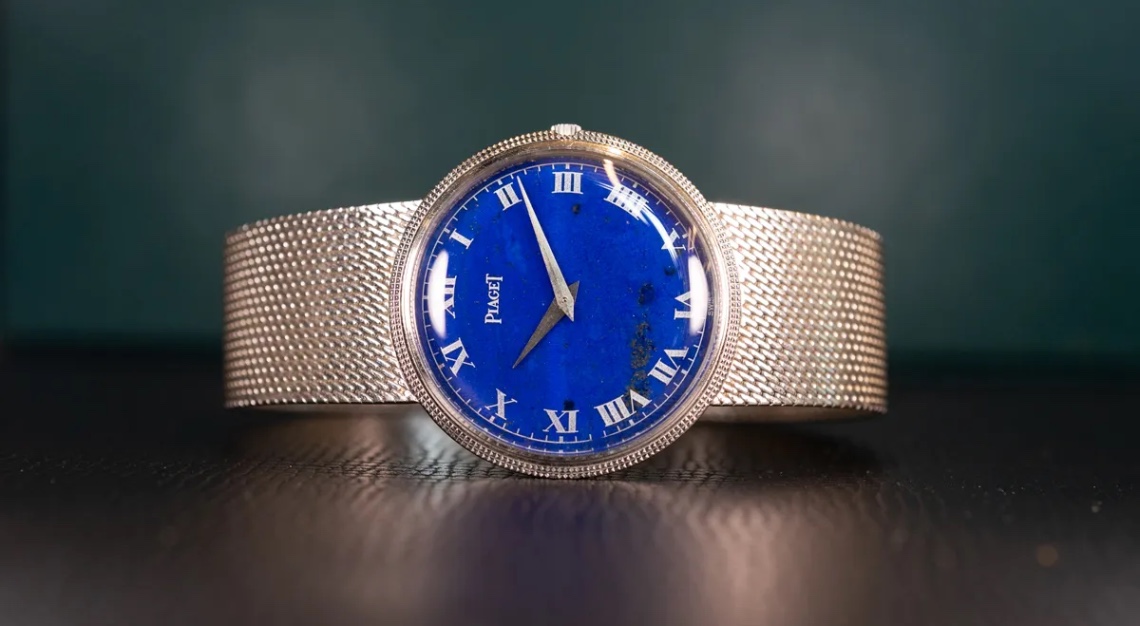
Piaget are design-forward watches
When we asked Lamdin why Piaget was having a moment, he echoed some of what we proffered in our own take on shifting horological tastes, as well as men embracing traditionally feminine things like grooming and fashion more generally. In our conversation I noted that there’s a feminine moment going on, evidenced by trends such as pendant necklaces and broaches for men, pink clothing, smaller watches, and that this tendency may have helped Piaget become popular.
Lamdin agreed, but then also told us, “For 35 years the entire collector community has been obsessed with tool watches, the idea of a function-forward instrument, which, generally in our world, comes in the form of a 40-millimeter steel diver or chronograph timing device with some sort of historical romanticism behind it, whether it’s diving or flying or space travel or something adjacent. And the thing about horology is it doesn’t have to just be function-forward.” Lamdin goes on to note that design-forward watches can lean in many niche directions, such as exploring asymmetry and unique materials, even noting that watches don’t need to be functional beyond telling time, which opens up the platform for artistic expression. “I think when you sort of turn the corner on that idea as a collector or as an enthusiast, the world kind of balloons out, and now, all of a sudden, things you never would have considered are captivating,” Lamdin explained.
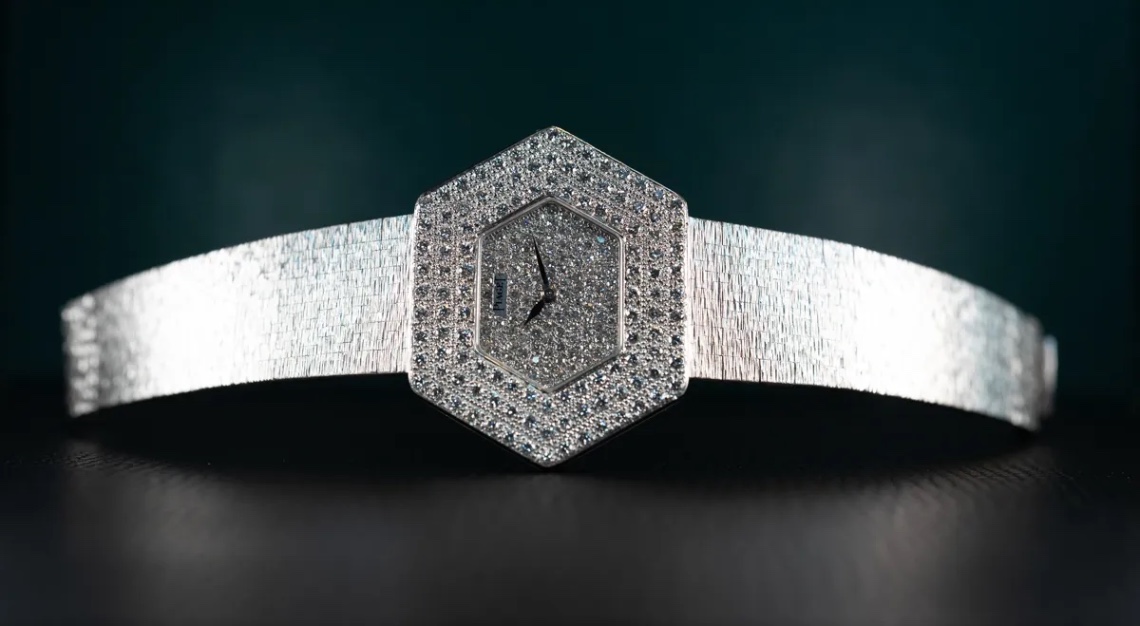
Reddinger asked Lamdin, “Why do you think suddenly the watch community—which has traditionally been so into movements and tool watches, or had to go long and deep on the escapement on this Patek Philippe—why are they suddenly embracing design?”
Lamdin replied, “We probably do need to mention Covid, right? And Covid was an interesting time for watches in general. And I think people got bored with the same shit because they weren’t just casually reading the blogs on their lunch breaks. They were consuming it for hours and hours and hours every day. And they learned a lot. People got burned out of the same stuff that they were getting fed over and over.” He goes on to note that small dress watches eventually caught fire on social media, and mentions what he called “the Portalnd Oregan effect,” in which “we’re going to try and out-weird one another.”
Gohari told Robb Report, “I think Piaget is having a renaissance right now because we just came out of 10 years of sheep-like vintage watch collecting where everyone wanted the same and most popular steel Patek Philippe sports models driving up the prices to absurd-like levels. Piaget is the antithesis to that mind set.”
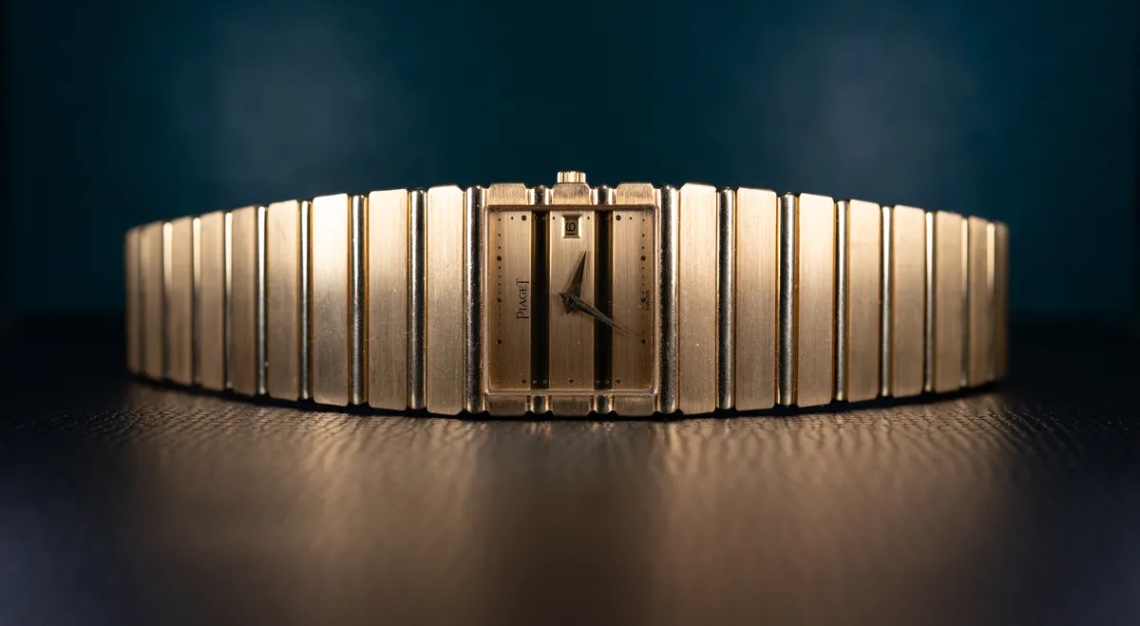
By now, however, Piaget watches aren’t looking quite as weird as they did during the initial wave of revival, which happens naturally as the culture acclimates to the new normal. Piaget is undeniably “in,” so how do we even approach collecting these fascinating little watches?
How to approach collecting Piaget watches
While all this buzz about Piaget watches continues, and prices keep crawling upward (despite the downward trend of the watch market generally), there is a notable dearth of information about vintage Piaget watches. One of the reasons is that, like Vacheron Constantin, Piaget didn’t have a singular hit watch during the 20th century. Brands like Vacheron Constantin and Piaget riffed endlessly on designs, often making just a few of a single iteration and distributing them widely, presumably so that one would not see the same watch where they lived.
Today, the effect of that strategy is that the variety of Piaget watches on offer is somewhat overwhelming. Unlike collecting an Omega, for example, where one can pick up one of millions of the same mass-produced watch and confidently notch their belt, collecting Piaget requires a keener sense of taste and discretion. The upside is that Piaget collections will pretty much never resemble each other, but the lack of a set formula for building a collection remains a challenge.
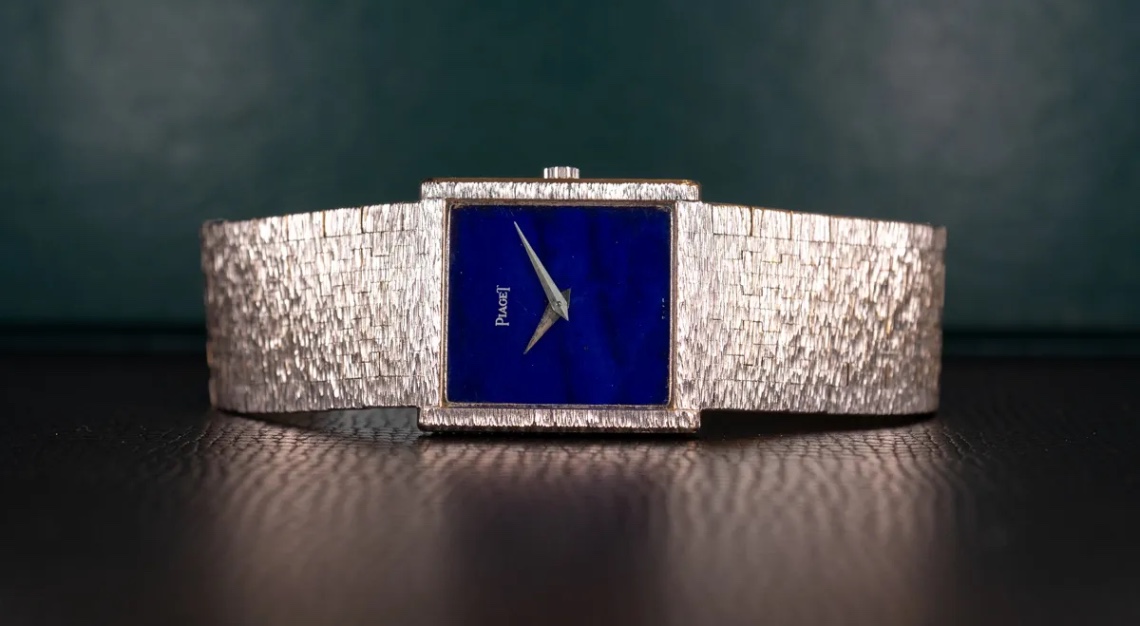
We asked Lamdin for advice he’d give to somebody looking to move into Piaget collecting for the first time. Lamdin said, “Probably the same advice I’d give for anything else, which is make sure you’re buying from a trusted source. It’s not uncommon to see refinished dials or replacement dials. It’s not uncommon to get sold a bill of goods on a watch without a functioning mechanism. You know, servicing a [ultra-thin] caliber 9P is not the easiest thing in the world. It’s a very, very small movement. It’s very easy to lose or destroy screws when you’re opening those case backs and the quartz stuff is tricky as well, not always just a battery. You have to rebuild a heat-sink or something, and then you’re in it for three times what you paid for the watch.”
The 9P was the movement around which Piaget first produced its own watches in 1957, seeing off a craze for ultra-thin watches. The 9P was just two mm tall and continues to be regarded by watch collectors with awe.
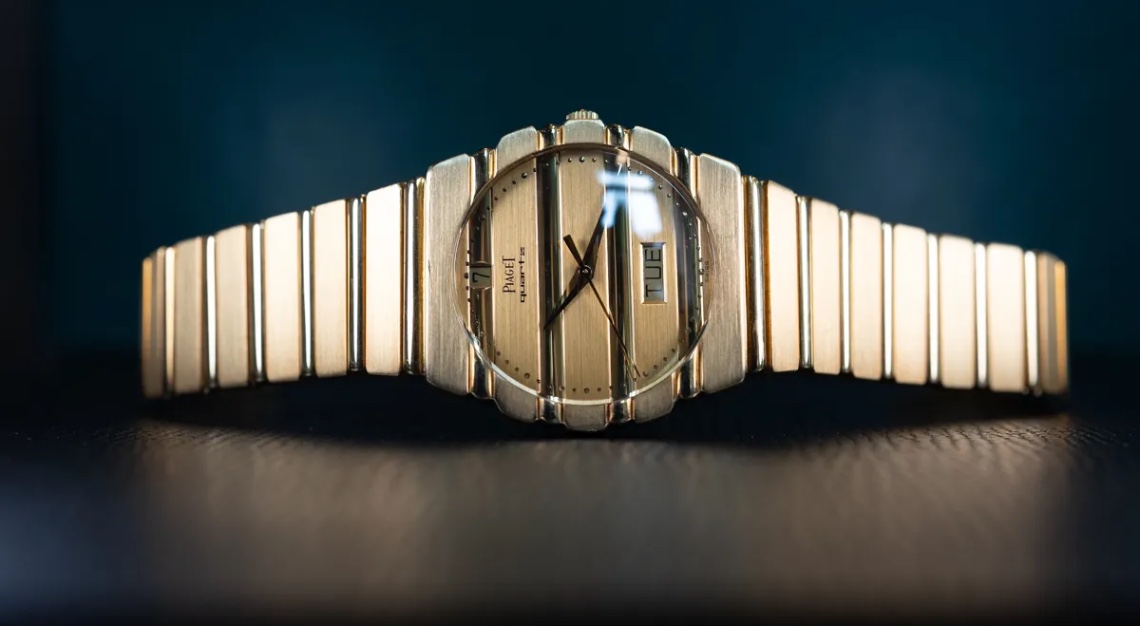
When we asked Lamdin about certain models that he felt were good to collect, he said, “I personally find myself drawn to anything with the [ultra-thin] 9P [movement], or one of its variants. They made them for ladies. They made them for men. They made them with articulated or woven gold bracelets. They made them on leather straps.”
Gohari, an avid collector of Piaget pointed to some specific references. “Vintage Piaget mostly brings to mind the iconic 18k bracelet Polo model in all its iterations—an unbeatable value for the gold weight and a true pleasure to wear on the wrist—along with the unsurpassed use of stone dials on their dress pieces such as on the classic “Protocole” references (rectangular case on leather strap).”
Gohari goes on to mention the Beta 21 references, which feel “contemporary and so relevant today” as well as the “iconic ‘Andy Warhol’ model offered today in a remixed fashion.”
Condition is, of course, something to always consider when collecting vintage watches, and Piaget is no exception.
Eric Wind told us that, “Vintage watches with stone dials have been extremely desirable [over] the last year, with [Piaget being one of two] companies most associated with stone dials in the collector community. The important thing is to make sure [the dials] don’t have cracks or chips.”
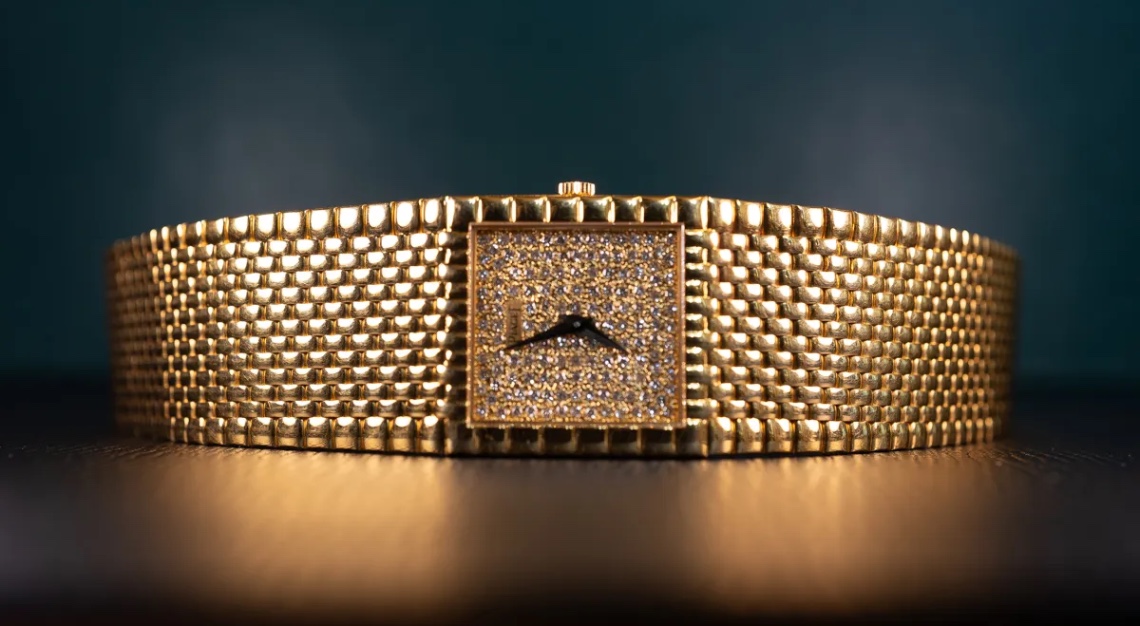
Lamdin emphasized the need to scrutinise condition: “It’s very easy to over polish a gold watch, and the finishing that they were often using can’t easily be brought back. If you have a bark finish, you need a magician to do that. You want to be very careful about bracelet length. And they did a lot of what I guess we could call it integrated bracelets, not Royal Oak style, but [woven precious metal bracelets].” With these types of bracelets, links are welded into place, and to shorten the bracelet requires cutting precious metal before removing links, while lengthening the bracelet requires that one has extra material or must get it custom made. Lamdin says, “I wouldn’t look at that as a reason not to buy one. You just you need to think about the whole concept of these watches as being a little bit more bespoke than something that was off the shelf, even if it was something that was produced in some quantity.”
Gohari adds, “The first advice I give as a collector at heart, and [as] a dealer at the same time, is always to buy what you love independently of any hype and trend. Within the Piaget vintage offering there is plenty to pick [from] fitting many budgets. Lastly, it wont be possible for much longer to buy a stone dial or a full gold bracelet watch fashioned in the old Piaget way as modern production simply cannot replicate the old glory days. So buy them all while you can now!”
This story was first published on Robb Report USA

